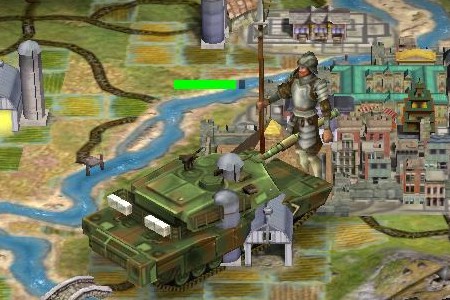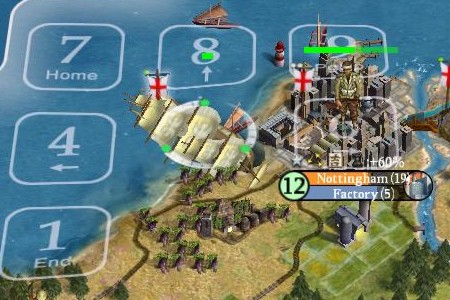It's not Civilzation III.
There are a number of design decisions made that have far-reaching consequences on gameplay. Most of these are good, or at least a refreshing change; one is bad.
I'll start with the good. Every once in a while in in Civ3 you'd get a great leader unit appear, which would enable you to do things such as quick-rush a great wonder. You get these in Civ4, too, but they're far more frequent, they're specialised (so a great artist can add culture to a city, a great scientist can build an academy, that sort of thing), and they can be cashed in for golden ages. A consequence of this is that there are many more great wonders than in Civ3, none of which are must-haves. In Civ3, if I didn't get the Hoover Dam I had to build a ton more workers to clear up the inevitable pollution that would result, but in Civ4 it's not such a big issue (although not getting the production boost to factories could perhaps hurt a little).
Units no longer have separate attack and defence ratings. Instead, they have a single combat rating, and an explicit stone/paper/scissors relationship to some other unit or class of units ("+50% against melée units", that kind of thing). This is a bit clumsy, but I suppose it encourages a combined arms appraoch, which is interesting if only because it's different from Civ3's stacks of doom.
Religion is a new concept that seems to have possibilities, although these will probably become more apparent when I play a game where I'm not first to discover every one of them... The civics seem a good idea, too: trade a turn of anarchy for a longer-term benefit such as the ability to rush units by paying for them. You can customise your government that way, instead of having to use the preset forms given in Civ3.
Surprisingly, the Hall of Fame at the end of the game has some nice, innovative features, too, such as being able to replay (I assume) any game you've finished all the way through. That'll be nice; in the past, I had to rely on my notes (yes, sorry, I do take notes of every Civ game I complete!).
So what's not to love?
What's not to love are the graphics. As I feared, the use of a 3D engine for something that really does not need it has influenced not only the interface but also the gameplay.
First, the interface.
It is slow. It takes maybe 5 minutes to load the game on my 2MHz PC, and anything that requires building an image for display takes an age. My NVIDIA GeForce 5700 FX can display things super-fast when it gets the chance, but if it takes 2 minutes just to overlay the map with squares before rendering them, well, something is wrong.
Is that a tank in your pocket or are you pleased to see me?

The graphics aren't very good in any case. They're different scales, and they're cluttered. I got rid of multiple figures per unit, which makes it easier to see what's happening where, but I couldn't remove the markers that show a square within a city radius is being worked, and even when I turned off all the animation and effects it still rotated windmills at me. There's insufficient control over camera position, in that it's locked onto some kind of zoom arc: the further you zoom out, the more overhead your view becomes, so you end up being able to see everything you want to see but not be able to tell what it is because you get an overhead view of it (axemen look just like archers etc.). This is so as to give a map overview option, which is useful, but it didn't have to do it that way. I'd rather be able to get my camera angle how I want it than have it seque seamlessly into an overhead view as I pull away. It doesn't remember my viewpoint from one game to the next, either, so each time I play I have to fiddle about to get the camera just where I want it. Then I'm rewarded with pictures of ships lying over in port for no apparent reason:

This choice of unnecessary 3D graphics impacts on the gameplay. Because the models are so big and clumsy, that it means the maps aren't as large as they were on Civ3. I like large maps! I like world maps where I can tell just by looking that this is Great Britain rather than a couple of suggestive squares. There seem to be fewer units than in Civ3, too, presumably for the same too-many-graphics reason. I'd have much preferred a 2D world that worked than a 3D world that doesn't. Oh, and it doesn't, too: if I leave the screen alone too long it minimises (this is something that KOTOR did, too), then it can take up to 15 minutes to get it to come back (at least KOTOR was always back within 15 seconds). I think you can probably guess how happy I am about this... I've found that the quickest solution is to kill off the ~e5.0001 process it uses to check for copy protection — that takes the game down in an instant, then I can reload it in only 3 or 4 minutes by double-clicking on the last save file. This presupposes I manage to get the windows task manager to come to my aid; ctrl-alt-del can take a while to produce it....
There are a few other minor glitches. I was surprised to see that people are still making games today where this happens:

Still, on the whole I'm pleased with the game, when it works.
When it works.